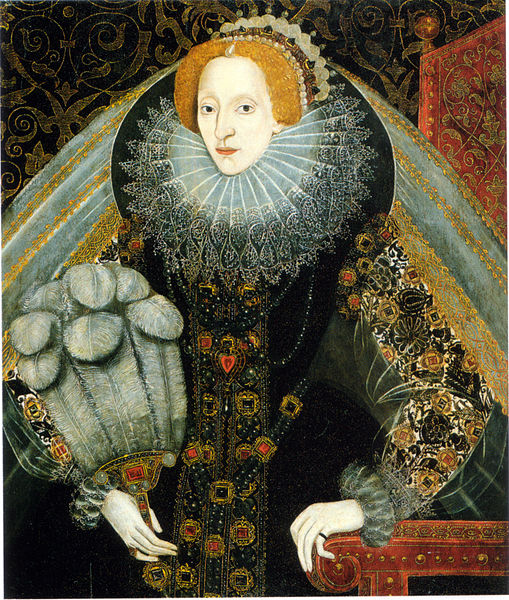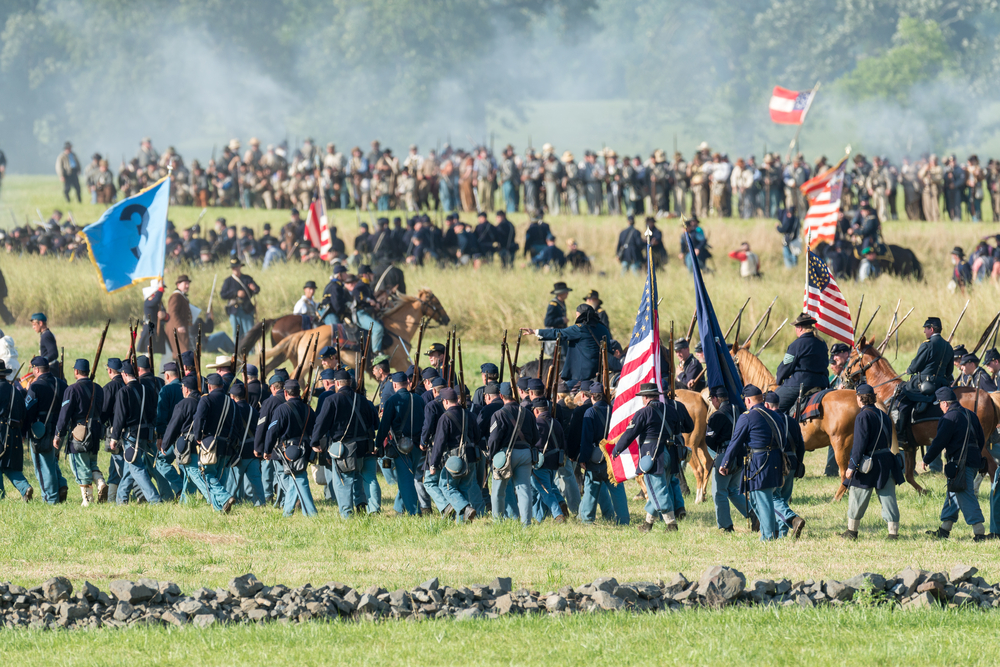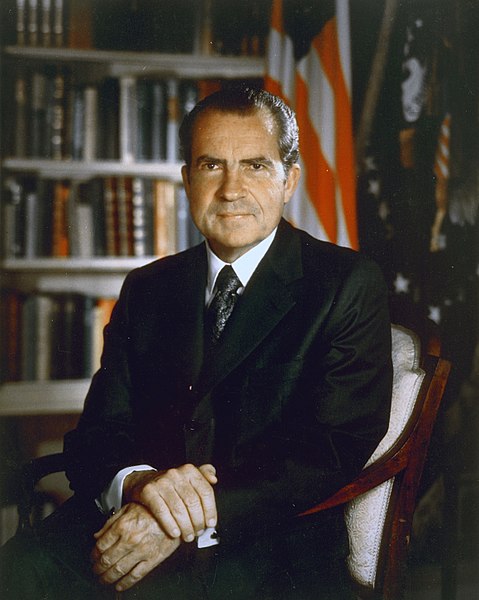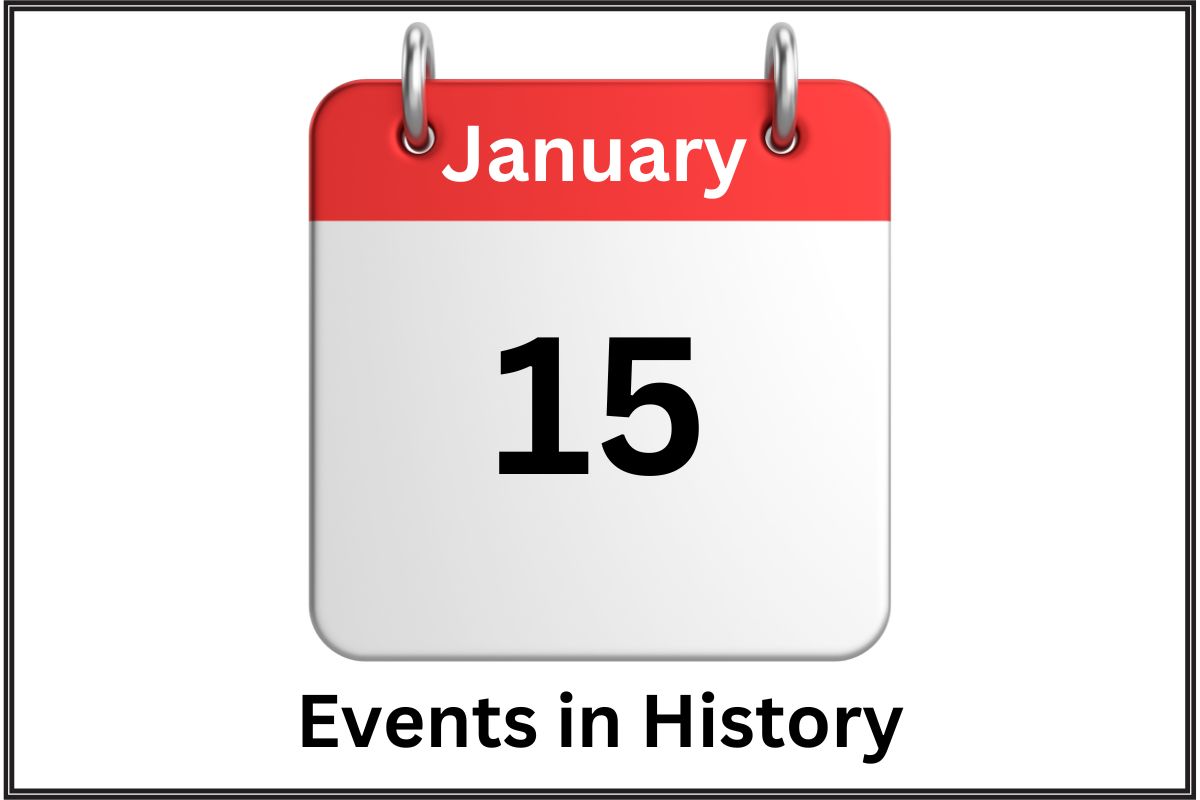January 15th marks a day of historical significance, showcasing a mosaic of human achievements, conflicts, and milestones.
From ancient battles and groundbreaking political movements to advancements in technology and extraordinary feats of bravery, this date has witnessed events that span the breadth of human experience.
This article highlights twenty pivotal moments that occurred on January 15th, offering a glimpse into the diverse episodes that have shaped our world.
As we journey from the siege of Jerusalem to the advent of Wikipedia, each event unfolds a chapter of our collective history, underscoring the complexity and richness of the human narrative.
January 15th Events in History
588 BC – Nebuchadnezzar II of Babylon lays siege to Jerusalem under Zedekiah’s reign
This event is a significant part of the biblical narrative and Jewish history, marking the period of the Babylonian conquest of Judah.
King Nebuchadnezzar II, seeking to expand and consolidate the Babylonian Empire’s power, laid siege to Jerusalem, the capital of the Kingdom of Judah. Zedekiah, the last king of Judah, had attempted to revolt against Babylonian dominance, leading to Nebuchadnezzar’s aggressive response.
Also Read: January 14 – On this Day in History
The siege eventually resulted in the destruction of the city and the Solomon’s Temple, a catastrophic event for the Jewish people leading to their exile in Babylon.
1559 – Elizabeth I is crowned Queen of England in Westminster Abbey, London
Elizabeth I’s coronation marked the beginning of the Elizabethan Era, known for its flourishing English drama, led by playwrights such as William Shakespeare and Christopher Marlowe, and the successful defeat of the Spanish Armada in 1588.
Also Read: January 16th Events in History
Elizabeth, daughter of Henry VIII and Anne Boleyn, ascended to the throne after the death of her sister, Mary I. Her reign is noted for the establishment of Protestantism in England, the stabilization of the English economy, and the expansion of overseas exploration and colonialism.

1759 – The British Museum opens to the public in London
Founded in 1753, the British Museum was the first national public museum in the world. From its inception, it granted free admission to all “studious and curious persons.” The museum’s collection was initially based on the collections of the physician and scientist Sir Hans Sloane.
It has grown to become one of the world’s most comprehensive repositories of human history, art, and culture, with more than eight million works spanning two million years of human history.
1777 – The people of New Connecticut (now the state of Vermont) declare their independence
This declaration marked the founding of the Vermont Republic, an independent state that existed from 1777 until its admission to the United States as the 14th state in 1791.
The declaration not only expressed grievances against the British rule but also against the neighboring colony of New York, which claimed the territory. The Vermont Republic was notable for its early abolition of slavery in its 1777 constitution, the first document in North America to do so.
1844 – The University of Notre Dame receives its charter from the state of Indiana
The University of Notre Dame was founded by Father Edward Sorin, a French priest associated with the Congregation of Holy Cross, with the intent to establish a Catholic university in the United States for the education of clergy and laity.
The university’s early years were challenging, but it has since grown into a premier American institution of higher education, known for its strong programs in business, law, and engineering, as well as its storied football team.
Notre Dame’s campus is notable for its distinctive architecture, including the Golden Dome of the Main Building and the Basilica of the Sacred Heart.
1865 – American Civil War: Fort Fisher in North Carolina falls to Union forces, cutting off one of the last major seaports of the Confederacy
The fall of Fort Fisher was a critical blow to the Confederate States of America during the final months of the American Civil War. Situated near Wilmington, North Carolina, Fort Fisher protected the vital trading routes that the Confederacy used to import goods from abroad, mainly through the blockade runners.
Its capture by Union forces in January 1865 under the command of General Alfred Terry and a naval bombardment led by Admiral David Dixon Porter effectively sealed the fate of the Confederacy by cutting off its last major seaport, preventing the import of crucial supplies and signaling the beginning of the end for the southern rebellion.

1870 – A political cartoon for the first time symbolizes the Democratic Party with a donkey (“A Live Jackass Kicking a Dead Lion” by Thomas Nast)
This iconic cartoon by Thomas Nast, published in Harper’s Weekly, is significant for popularizing the donkey as the symbol of the Democratic Party in the United States. The cartoon depicted a donkey (labeled “Copperhead Democrats”) kicking a dead lion, symbolizing Edwin M. Stanton, Abraham Lincoln’s Secretary of War, who had recently died.
Nast’s use of the donkey was meant to represent the Democrats’ stubbornness, a trait attributed to the animal. Over time, the donkey became widely accepted as the emblem of the Democratic Party, thanks to Nast’s influential artwork.
1892 – James Naismith publishes the rules of basketball
James Naismith, a Canadian physical education instructor, invented the game of basketball in December 1891 as a way to keep his students at the International YMCA Training School in Springfield, Massachusetts, active during the winter months.
In January 1892, he published the original 13 rules of the game, which outlined a non-contact sport played indoors that combined elements of outdoor games like soccer and American football.
The objective was to throw a soccer ball into peach baskets nailed to the opposite ends of the gymnasium. Basketball rapidly gained popularity and evolved into the worldwide sporting phenomenon it is today.
1919 – The Boston Molasses Disaster: A large molasses tank in Boston, Massachusetts, bursts and a wave of molasses rushes through the streets, killing 21 people and injuring 150 others
This unusual and tragic event occurred in the North End neighborhood of Boston when a massive storage tank containing over 2 million gallons of molasses burst, unleashing a tidal wave of molasses traveling at approximately 35 miles per hour.
The force of the molasses wave was so powerful that it damaged buildings, overturned vehicles, and entrapped people and animals in its sticky flow.
The disaster led to significant changes in industrial safety standards and regulations in the United States, emphasizing the importance of proper material testing and architectural safety measures.
1943 – The Pentagon, the world’s largest office building, is dedicated in Arlington, Virginia
The Pentagon serves as the headquarters of the United States Department of Defense. Its construction began in September 1941 and was remarkably completed in just under 16 months, a testament to the urgency and efficiency driven by the United States’ involvement in World War II.
The building’s design, featuring five sides, five floors above ground, and five ring corridors per floor, was chosen to maximize efficiency and space on the limited plot of land available near the Potomac River.
Today, the Pentagon is an iconic symbol of U.S. military power and houses approximately 23,000 military and civilian employees.

1962 – The Derveni papyrus, Europe’s oldest surviving manuscript dating to 340 BC, is found in northern Greece
The Derveni papyrus is an ancient Greek manuscript that was discovered in a nobleman’s tomb in the Derveni region of northern Greece. Dating back to around 340 BC, it is considered the oldest known European papyrus and a significant archaeological find.
The text is a philosophical treatise that offers insights into early Greek thought, religion, and interpretations of Orphic traditions, which were mystical religious beliefs focusing on the afterlife and salvation.
The manuscript provides valuable information on ancient Greek religion and philosophy, including early thoughts on cosmology and the role of gods in the universe. Its preservation and study have offered scholars a rare glimpse into the intellectual life of ancient Greece.
1967 – The first Super Bowl is played in Los Angeles, California. The Green Bay Packers defeat the Kansas City Chiefs
The first Super Bowl, officially known as the AFL-NFL World Championship Game, was held on January 15, 1967, at the Los Angeles Memorial Coliseum in California.
It marked the first championship game between the National Football League (NFL) and the American Football League (AFL), the two major American football leagues of the time, which later merged.
The Green Bay Packers, representing the NFL, won the game with a score of 35-10 against the AFL’s Kansas City Chiefs. The game was significant for establishing the Super Bowl as the pinnacle of American football, evolving into a major national cultural event that includes elaborate halftime shows and commercial advertising.
1970 – Nigeria’s Biafran War ends with the surrender of Biafran forces
The Nigerian Civil War, also known as the Biafran War, lasted from July 6, 1967, to January 15, 1970. It was fought between the government of Nigeria and the secessionist state of Biafra, which was declared by the eastern regions of Nigeria in response to political, economic, ethnic, and religious tensions.
The war resulted in a humanitarian crisis and significant loss of life, with estimates of civilian deaths ranging from one to three million, largely due to starvation.
The conflict ended with the surrender of Biafran forces and the reintegration of Biafra into Nigeria. The war had long-lasting effects on the national psyche and the politics of Nigeria.
1973 – President Richard Nixon orders a halt to American bombing in North Vietnam, signaling the end of U.S. involvement in the Vietnam War
On January 15, 1973, President Richard Nixon announced the suspension of offensive actions against North Vietnam, which effectively ended U.S. military involvement in the Vietnam War. This decision came after extensive negotiations and was part of the Paris Peace Accords, which were aimed at establishing peace in Vietnam and the withdrawal of U.S. troops.
The cessation of bombing was a significant step towards the official end of the conflict, marked by the signing of the accords on January 27, 1973. The war left a deep impact on both the United States and Vietnam, influencing American foreign policy and military strategy for decades.

1976 – Sara Jane Moore is sentenced to life in prison for attempting to assassinate U.S. President Gerald Ford
Sara Jane Moore attempted to assassinate President Gerald Ford on September 22, 1975, outside the St. Francis Hotel in San Francisco, California. Moore, who was involved with radical political groups, fired a single shot at the president, which missed him by a few feet.
The attempt on Ford’s life occurred just 17 days after another assassination attempt by Lynette “Squeaky” Fromme, a follower of Charles Manson.
Moore’s actions, driven by a confused and misguided attempt to make a statement against the government, led to her arrest and subsequent life sentence, although she was released on parole in December 2007 after serving 32 years of her sentence. These back-to-back attempts on the president’s life underscored the turbulent political climate of the time.
1981 – Pope John Paul II receives a delegation from Solidarity (Polish trade union) at the Vatican, signaling support for the anti-communist movement
This meeting between Pope John Paul II and members of Solidarity, the first independent labor union in a Soviet-bloc country, was highly symbolic and played a significant role in the Cold War’s dynamics.
Solidarity, led by Lech Wałęsa, had emerged from the Gdańsk Shipyard strikes in August 1980 and quickly became a major social movement against communist rule in Poland. Pope John Paul II, himself Polish, offered tacit support to the movement, which was seen as a moral and spiritual endorsement of Solidarity’s struggle for freedom and human rights.
This event was a pivotal moment in the eventual downfall of communism in Poland and significantly influenced the course of the Cold War in Eastern Europe.
1991 – The United Nations deadline for the withdrawal of Iraqi forces from occupied Kuwait expires, preparing the way for the start of Operation Desert Storm
After Iraq’s invasion of Kuwait in August 1990, the United Nations Security Council passed resolutions demanding Iraq’s immediate withdrawal from the occupied territory. The deadline set by the UN for Saddam Hussein’s forces to leave Kuwait was January 15, 1991.
When Iraq failed to comply, a coalition led by the United States launched Operation Desert Storm, a massive military campaign to liberate Kuwait.
The operation began with an extensive aerial bombing campaign on January 17, 1991, followed by a ground assault in February, which successfully expelled Iraqi forces from Kuwait.

2001 – Wikipedia, a free content encyclopedia, goes online
Wikipedia was launched on January 15, 2001, by Jimmy Wales and Larry Sanger as a complementary project to Nupedia, a more traditional encyclopedia with a rigorous review process.
Wikipedia quickly outgrew Nupedia, thanks to its revolutionary model of openly editable content, allowing anyone with internet access to write and modify articles.
This model facilitated the rapid accumulation of a vast amount of information, covering an extensive range of topics. Wikipedia has since become one of the largest reference websites, with millions of articles in multiple languages, and serves as a prime example of collaborative knowledge sharing and the potential of the internet for educational purposes.
2009 – US Airways Flight 1549 makes an emergency landing in the Hudson River shortly after takeoff from LaGuardia Airport in New York City. All passengers and crew members survive
This event, widely known as the “Miracle on the Hudson,” occurred when Flight 1549, piloted by Captain Chesley “Sully” Sullenberger and First Officer Jeffrey Skiles, struck a flock of geese, causing both engines to fail. Sullenberger and Skiles glided the plane to a safe water landing on the Hudson River.
All 155 people on board were rescued by nearby boats and ferries, with few serious injuries. The incident highlighted the importance of quick thinking, expertise, and the value of emergency training. It also led to increased focus on bird strike prevention and engine durability in aviation safety discussions.
2016 – The Iran nuclear deal is implemented, leading to the lifting of nuclear-related economic sanctions on Iran in exchange for Iran’s compliance with its international obligations
Officially known as the Joint Comprehensive Plan of Action (JCPOA), the Iran nuclear deal was an agreement between Iran and the P5+1 (the five permanent members of the United Nations Security Council—China, France, Russia, United Kingdom, United States—plus Germany) along with the European Union.
The deal aimed to curb Iran’s nuclear program and prevent the development of nuclear weapons in exchange for the lifting of economic sanctions that had crippled Iran’s economy.
The implementation of the deal marked a significant moment in international relations, reflecting years of diplomatic efforts to address one of the most contentious and challenging issues in global security.
